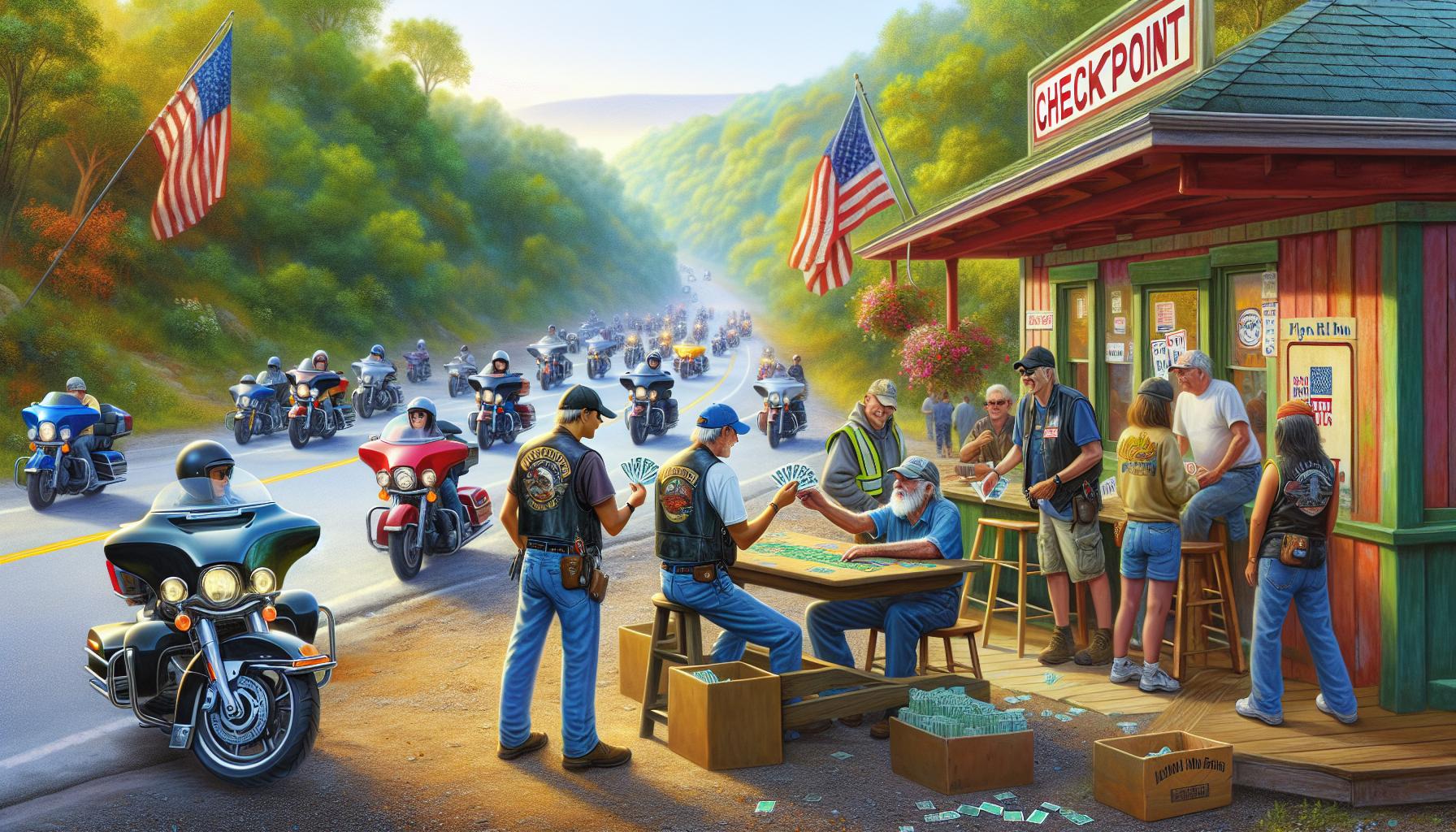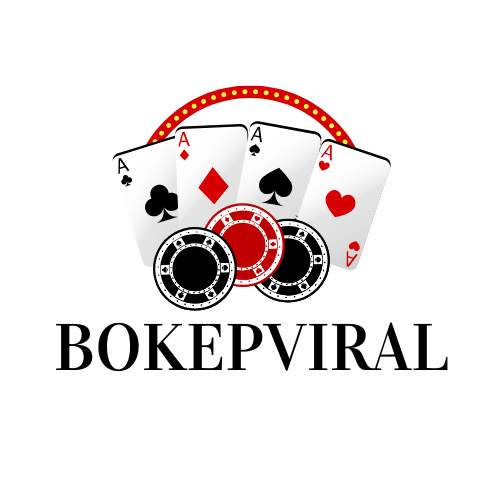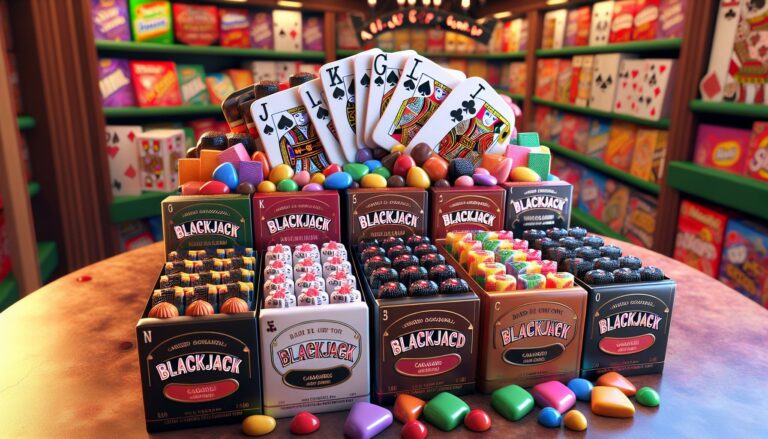How Does a Poker Run Work? Your Ultimate Guide to Fun and Adventure

Imagine rolling up your sleeves for a day filled with friendly competition, chance, and a sprinkle of luck. That’s exactly what a poker run offers enthusiasts and newbies a unique twist on traditional poker. But how does a poker run work? It’s more than just spinning the wheel or dealing cards—it’s an adventure that combines the thrill of the game with the excitement of the journey.
In a typical poker run, participants visit multiple checkpoints, each presenting a new hand to add to their growing collection. As the day unfolds, so does the suspense, keeping everyone engaged and eager for the next challenge. Whether navigating scenic routes or bustling streets, a poker run transforms a simple game into a memorable experience. Ready to shuffle up and dive into the fun? Discover the ins and outs of how a poker run works and why it’s becoming a favorite pastime for many.
What Is a Poker Run
A poker run combines the excitement of poker with a scenic journey. Participants travel to multiple checkpoints, typically by motorcycle, boat, or car. At each stop, they receive a playing card. The goal is to collect the best poker hand by the final checkpoint. This format encourages exploration and friendly competition. Events often follow a predetermined route, ensuring all participants visit the same checkpoints. Each location adds an element of surprise and strategy. Players must decide how to pace themselves and which routes to take. Prizes are awarded based on the highest-ranking poker hands, adding stakes to the adventure. Poker runs frequently support charitable causes, enhancing their appeal. Organizers manage logistics, from route planning to card distribution. Safety remains a priority, with clear guidelines for all participants. The social aspect allows attendees to network and enjoy the shared experience. Variations include themed runs and different vehicle types, catering to diverse interests. Registration typically involves a fee, contributing to event costs or donations. Successful poker runs offer memorable experiences that blend competition, camaraderie, and exploration. Enthusiasts appreciate the unique combination of gaming and travel, making poker runs a popular choice for group activities.
- Multiple Checkpoints: Participants visit several designated locations.
- Card Collection: Each checkpoint provides a playing card.
- Route Planning: Events follow a specific path to ensure fairness.
- Competitive Element: Players aim to form the best poker hand.
- Prizes: Rewards are given for top-ranking hands.
- Charitable Support: Many runs fundraise for various causes.
- Social Interaction: Opportunities for networking and camaraderie.
- Safety Measures: Organized with clear safety protocols.
By integrating these elements, a poker run offers a structured yet enjoyable event that appeals to both gaming enthusiasts and adventure seekers.
How Poker Runs Are Organized

Route Planning and Stops
Organizers design routes that balance distance and accessibility. They select multiple checkpoints, typically ranging from five to ten locations. Each stop is strategically placed to ensure participants can navigate safely. Routes often cover diverse terrains, including city streets and scenic highways. Safety measures prioritize clear signage and emergency access points. Checkpoints host volunteers who distribute playing cards promptly. Permits secure necessary permissions from local authorities. Timing considers traffic patterns to minimize delays. Routes aim to showcase local attractions, enhancing the experience. Contingency plans address potential disruptions like weather changes. Effective route planning ensures fairness by maintaining consistent distances between stops. Clear maps and schedules distribute to participants beforehand. Technology tools track progress, aiding in real-time adjustments. Successful planning results in a smooth, enjoyable poker run for all involved.
Collecting Playing Cards
Participants collect a playing card at each checkpoint, building their poker hands step by step. Upon arrival, volunteers hand out a single card to each participant, ensuring equal opportunity. Cards must be kept secure until the final checkpoint, where hands are revealed. Rules specify the order of card collection, preventing shortcuts or duplications. Timing at each stop is regulated to maintain the event’s pace. Participants must arrive within designated time frames to receive their cards. Lost or damaged cards typically require replacement at the next stop. Digital tracking systems may log card distribution for accuracy. Clear instructions guide participants on card handling and storage. Compliance with rules ensures fair competition among all entrants. Prizes reward the best poker hands, motivating participants to follow the collection process diligently. Organized card collection maintains the event’s integrity and competitive spirit.
Rules and Objectives
Poker runs follow specific rules to ensure fair competition and clear objectives. Participants adhere to guidelines governing card collection, timing, and scoring to streamline the event.
Determining the Winning Hand
At the final checkpoint, players assemble their collected cards to form a standard five-card poker hand. Hands rank according to traditional poker hierarchy, from high card to royal flush. Each card received at checkpoints contributes to the overall hand’s strength. Players compare their hands, and the highest-ranking combination wins. Tiebreakers involve the highest individual cards. Accurate scoring ensures fair adjudication, often managed by event officials or digital systems. Transparency in the ranking process keeps trust among participants, fostering a competitive yet enjoyable environment.
Variations of Poker Runs
Poker runs feature several variations to enhance participation and excitement. Some events use themed routes, incorporating specific landmarks or challenges. Alternative formats include timed poker runs, where speed influences scoring alongside hand strength. Charity poker runs integrate fundraising goals, directing proceeds to designated causes. Limited card poker runs restrict card distribution to increase competition intensity. Additionally, team-based poker runs encourage collaboration, allowing participants to combine efforts for the best hands. These variations cater to diverse interests, enhancing engagement and broadening the appeal of poker runs beyond standard formats.
Benefits of Participating
Participating in a poker run offers multiple advantages beyond the thrill of the game. These benefits enhance both personal experiences and community impact.
Fundraising and Charity
Poker runs frequently support charitable organizations, making them effective fundraising tools. Events can raise significant funds, with some generating thousands of dollars for local causes. Participants contribute entry fees, purchase raffle tickets, and engage in auctions, all directed towards benefiting charities. Collaborations with nonprofits increase awareness and provide essential funding for various initiatives. Additionally, sponsors often donate prizes and resources, amplifying the fundraising potential. By aligning with charitable goals, poker runs attract a diverse group of participants committed to giving back. This partnership not only aids the chosen charities but also fosters a sense of community and shared purpose among attendees. Consequently, poker runs serve as impactful events that drive meaningful change while offering participants the chance to contribute to worthwhile causes.
Social Engagement and Fun
Poker runs excel in fostering social interactions and providing enjoyable experiences. Participants connect with fellow enthusiasts, building friendships and expanding their networks. The competitive aspect introduces friendly rivalry, enhancing the event’s excitement. Engaging in diverse activities at each checkpoint keeps the experience dynamic and entertaining. Music, food, and themed stops add to the festive atmosphere, ensuring participants remain engaged throughout the event. Additionally, teamwork and collaboration often emerge, especially in group-based formats, strengthening community bonds. These social elements create memorable moments, encouraging repeat participation and positive word-of-mouth. By blending competition with camaraderie, poker runs offer a fun-filled environment where participants can relax, enjoy themselves, and create lasting memories.
Tips for a Successful Poker Run
Effective planning ensures a smooth poker run experience. Start by selecting a route that balances length and accessibility. Choose five to ten checkpoints that highlight local attractions while maintaining safety for all participants.
Clear communication enhances participant engagement. Distribute detailed maps and schedules before the event. Utilize digital tracking systems to monitor progress and provide real-time updates, minimizing confusion during the run.
Safety remains a top priority throughout the event. Implement strict guidelines for vehicle operation and behavior at checkpoints. Ensure each checkpoint has trained volunteers to assist participants and manage traffic effectively.
Enhancing community involvement increases the event’s appeal. Partner with local businesses to sponsor checkpoints and offer prizes. Incorporate charitable elements to motivate participation and support meaningful causes, fostering a sense of purpose among attendees.
Organizing logistics efficiently contributes to the event’s success. Secure necessary permits and arrange for adequate facilities at each checkpoint. Plan for contingencies, such as adverse weather, by having backup routes and support teams ready.
Promoting the event strategically attracts a diverse group of participants. Leverage social media platforms, local media, and community boards to advertise the poker run. Highlight unique aspects, such as themed routes or special prizes, to generate interest and excitement.
Providing excellent participant support ensures a positive experience. Offer clear instructions, responsive customer service, and amenities like refreshments and rest areas. Collect feedback post-event to identify areas for improvement and build lasting relationships with attendees.
Incorporating these strategies guarantees a memorable and enjoyable poker run. Organizers can create an event that not only entertains but also strengthens community ties and supports valuable causes, ensuring long-term success and participant satisfaction.
Conclusion
Poker runs offer a unique blend of adventure and competition that appeals to a wide range of participants. They create opportunities for exploration while fostering a sense of camaraderie among enthusiasts. The combination of gaming and travel ensures each event is memorable and engaging. Additionally, the charitable aspect of many poker runs adds a meaningful purpose, making participation even more rewarding. Whether for fundraising, socializing, or simply enjoying a day out, poker runs provide an exciting and versatile experience. Their growing popularity reflects the success of these events in bringing people together for fun and a good cause.



